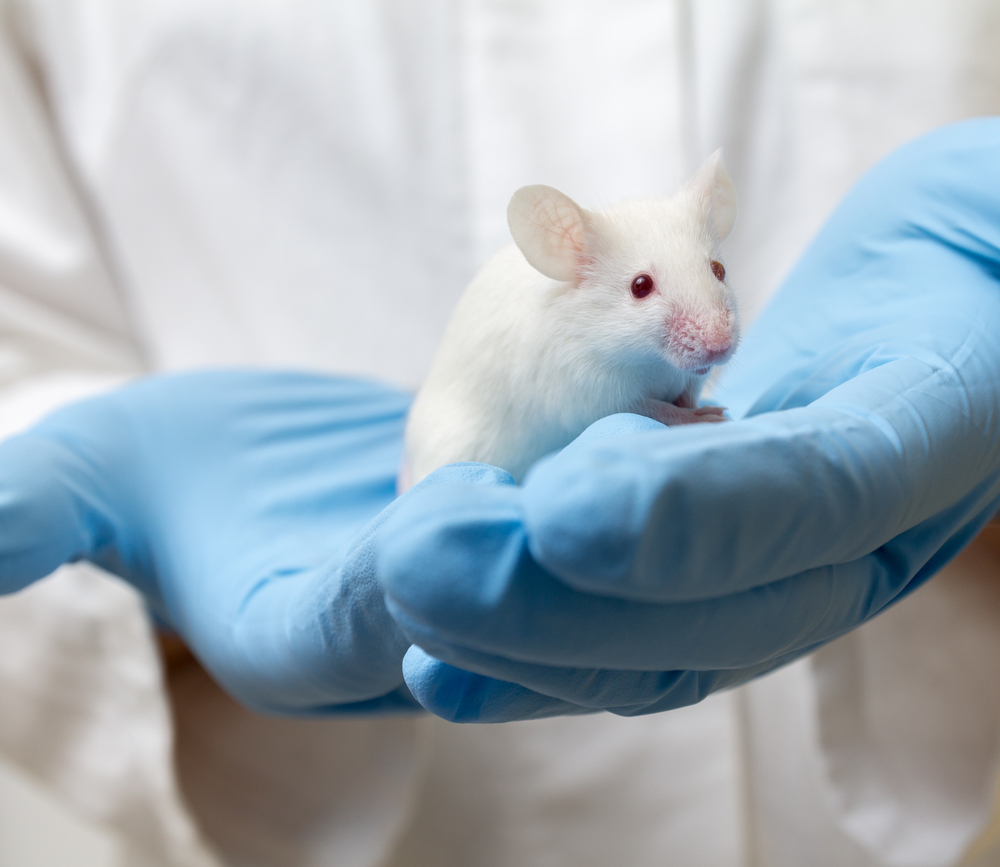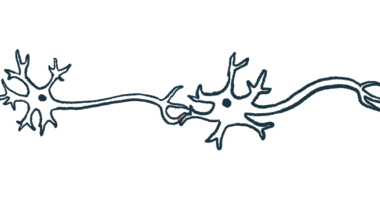Scholar Rock Announces Additional Preclinical Data Supporting SRK-015 as Potential SMA Treatment

Scholar Rock has announced the publication of new preclinical data supporting the potential therapeutic value of its experimental candidate therapy, SRK-015, in improving muscle function and strength in patients with spinal muscular atrophy (SMA).
The study, “Specific inhibition of myostatin activation is beneficial in mouse models of SMA therapy,” was published in the journal of Human Molecular Genetics.
While therapies aiming to increase the levels of functional SMN, the defective protein in SMA, have shown notable effectiveness in preclinical and clinical studies, significant functional deficits remain in SMA patients after treatment.
Therefore, there is an unmet need for therapeutic approaches which, either alone or in combination with therapies restoring SMN levels in motor nerve cells, improve SMA patients’ motor function by preventing the loss of skeletal muscle or promoting muscle growth.
SRK-015 may be one of those much-needed therapies. SRK-015 is a highly specific antibody that targets the latent (not completely active) form of myostatin — a molecule that negatively regulates muscle mass and for which over-activation is associated with muscle atrophy — suppressing its activation.
Since targeting the mature form of myostatin can affect other closely related molecules, blocking the latent form is more likely to avoid potential side effects.
Previous preclinical studies have shown that the suppression of latent myostatin prevented additional wasting in a mouse model of muscle atrophy (shrinkage), and increased muscle mass and function in healthy mice.
Join our forums and be part of the SMA News Today Community!
Researchers have now evaluated the therapeutic effects of adding SRK-015 to SMN restoration therapy in a mouse model of SMA, compared with SMN restoration therapy (a SMN2 splice modulator called SMN-C1) alone.
Mice were given SMN restoration therapy — either right after birth or after 24 days, which typically corresponds to disease onset — and SRK-015 for four weeks after day 24.
The results showed that specific suppression of latent myostatin activation in combination with either early or later SMN restoration therapy effectively increased the muscle mass and function of SMA mice, compared with SMN restoration alone.
The observed increase in muscle strength was even stronger in mice receiving SMN restoration therapy later on (44-51% increase) than those receiving the therapy early in life (20-30% increase). The researchers hypothesized this might be due to the greater functional deficit in mice that only have their SMN restored later on, thus allowing a greater range of improvement with SRK-015.
The addition of SRK-015 to both early and later SMN restoration therapy also was found to improve bone quality of SMA mice, compared with SMN restoration alone.
While all mice treated with SRK-15 achieved muscle improvements, the blood levels of latent myostatin were lower in mice with later SMN restoration than those in mice with earlier SMA restoration or healthy mice.
However, these differences disappeared when the levels of latent myostatin were normalized to the mice body weight, suggesting that these lower levels in SMA mice with later SMN restoration do not reflect reduced production of latent myostatin, but rather reduced overall muscle mass.
“Since myostatin is produced and acts locally in the muscle, circulating myostatin levels may not be a useful marker for the ability to respond to myostatin inhibition,” researchers wrote.
This hypothesis was supported by the observation that SRK-15 treatment resulted in an equivalent accumulation of latent myostatin in the blood in mice with either SMN restoration intervention. Binding of SRK-15 typically results in accumulation of latent myostatin in circulation.
The data “support the hypothesis that selective inhibition of myostatin may have therapeutic potential for individuals with SMA, regardless of when treatment with SMN upregulators is initiated,” researchers added.
“These preclinical results highlight the therapeutic opportunity of inhibiting myostatin activation to address the muscle atrophy and weakness in SMA,” Nagesh Mahanthappa, PhD, Scholar Rock’s president and CEO, said in a press release.
“We believe that SRK-015, currently in a Phase 1 trial of healthy volunteers, has the potential to be the first muscle-directed therapy for patients with SMA.”
The safety, tolerability and pharmacological profile of single- and multiple-ascending doses of SRK-015 are being evaluated in healthy adult volunteers as a part of a placebo-controlled, double-blind Phase 1 study, which has completed dosing the first group of volunteers.
If successful, Scholar Rock plans to open a Phase 2 study early next year to investigate the safety and effectiveness of SRK-015 in patients with later-onset SMA.







